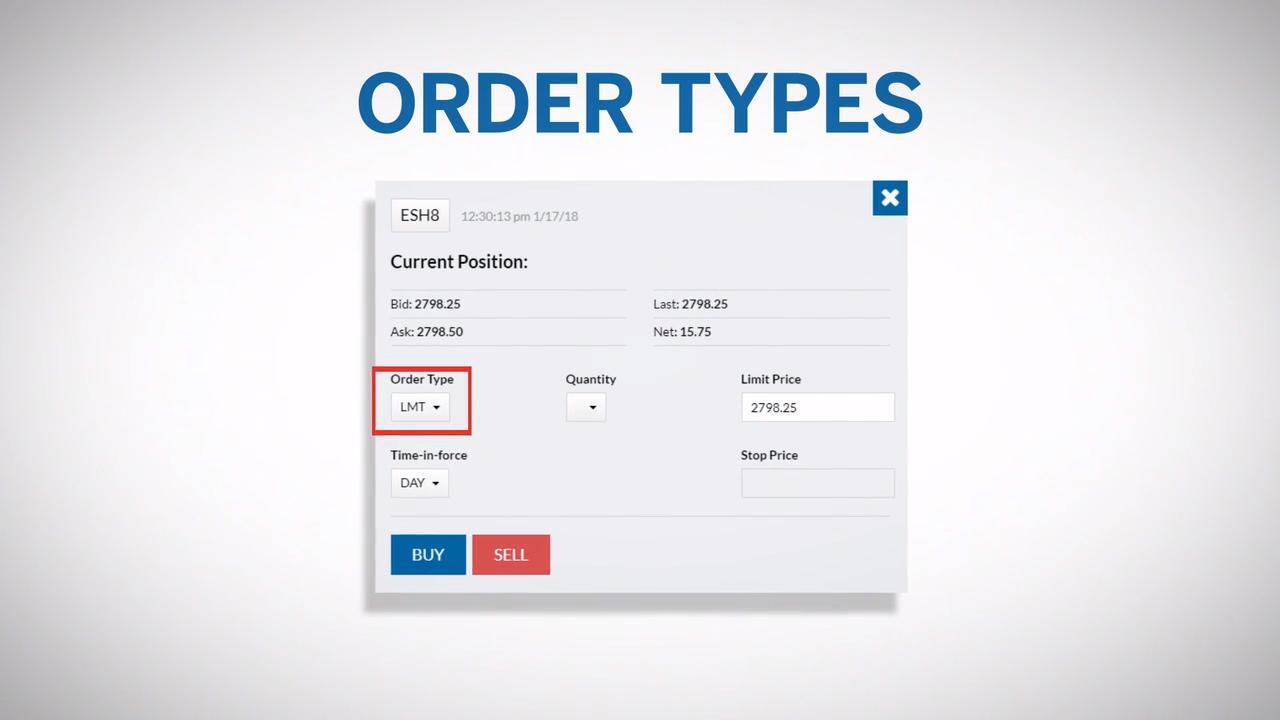Home>Finance>Low-Cost Producer: Definition, Strategies, Examples


Finance
Low-Cost Producer: Definition, Strategies, Examples
Published: December 20, 2023
Learn the definition, strategies, and examples of being a low-cost producer in the finance industry to maximize profitability and gain a competitive edge.
(Many of the links in this article redirect to a specific reviewed product. Your purchase of these products through affiliate links helps to generate commission for LiveWell, at no extra cost. Learn more)
Low-Cost Producer: Definition, Strategies, Examples
Welcome to the FINANCE category of our blog! In today’s post, we are going to explore the concept of being a low-cost producer in the financial industry. Whether you are an individual investor or a company looking to optimize your financial performance, understanding the principles behind being a low-cost producer can be highly beneficial. So, let’s dive in and explore what it means to be a low-cost producer, strategies to achieve it, and some examples to inspire you.
Key Takeaways:
- Being a low-cost producer involves minimizing costs in the production process without compromising the quality of goods or services.
- Overhead reduction, process optimization, and economies of scale are some key strategies that can help organizations become low-cost producers.
What does it mean to be a low-cost producer?
Being a low-cost producer means effectively minimizing expenses associated with the production process, while still maintaining the quality and value of products or services offered. By focusing on cost reduction without sacrificing quality, companies can gain a competitive advantage in the marketplace. This can lead to increased profit margins, improved financial stability, and enhanced overall performance.
Strategies to become a low-cost producer
Now that we understand the importance of becoming a low-cost producer, let’s explore some strategies that can help achieve this goal:
- Overhead Reduction: Analyze and identify areas where unnecessary expenses can be eliminated or reduced. This may include cutting back on non-essential services or renegotiating supplier contracts.
- Process Optimization: Streamline production processes to increase efficiency and reduce waste. Implement lean methodologies and invest in automation technologies to improve workflow.
- Economies of Scale: Take advantage of economies of scale by producing goods or services in large quantities, which can lead to lower per-unit costs. This may involve expanding operations or partnering with other businesses to increase production volume.
- Supplier Negotiation: Negotiate favorable terms with suppliers to secure cost-effective raw materials and resources.
- Technology Adoption: Embrace innovative technologies that can automate tasks, reduce labor costs, and improve overall productivity.
Real-life examples of low-cost producers
Let’s take a look at some companies that have successfully implemented low-cost producer strategies:
- Walmart: Walmart is renowned for its ability to offer low-cost products by leveraging economies of scale, efficient inventory management, and strategic supplier negotiations.
- Ryanair: Ryanair revolutionized the airline industry by implementing a low-cost business model. By reducing overheads, optimizing flight schedules, and charging for additional services, they have achieved significant cost savings compared to their competitors.
- Amazon: Amazon’s success as a low-cost producer is primarily attributed to its advanced fulfillment network, which enables them to efficiently deliver products to customers while keeping operational costs to a minimum.
By embracing the concept of being a low-cost producer, companies and individuals can create a competitive advantage, improve financial performance, and drive long-term success. Implementing strategies like overhead reduction, process optimization, and maximizing economies of scale are essential steps towards becoming a low-cost producer. Take inspiration from successful examples such as Walmart, Ryanair, and Amazon, and start your journey towards achieving financial efficiency today!














